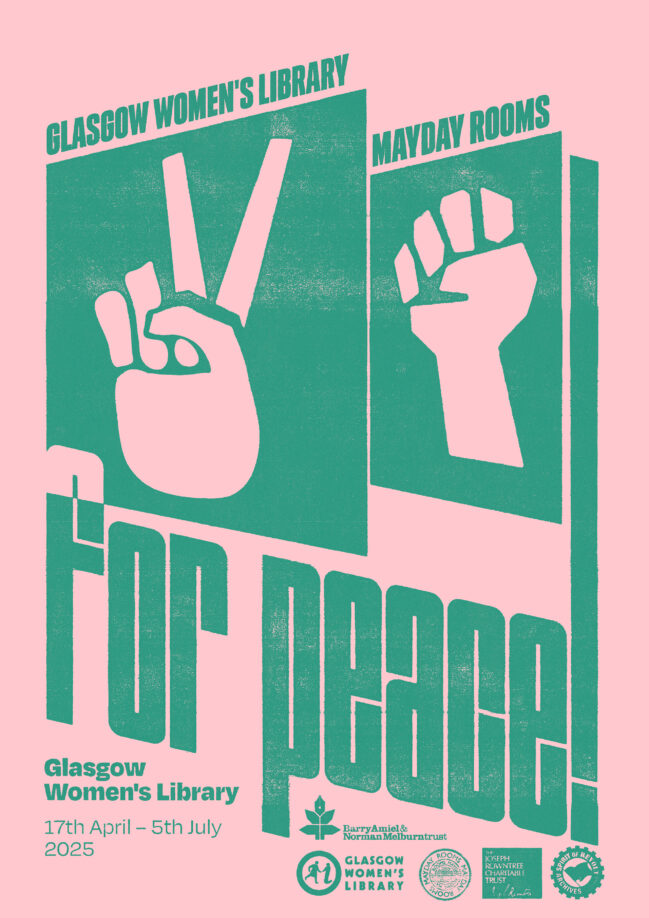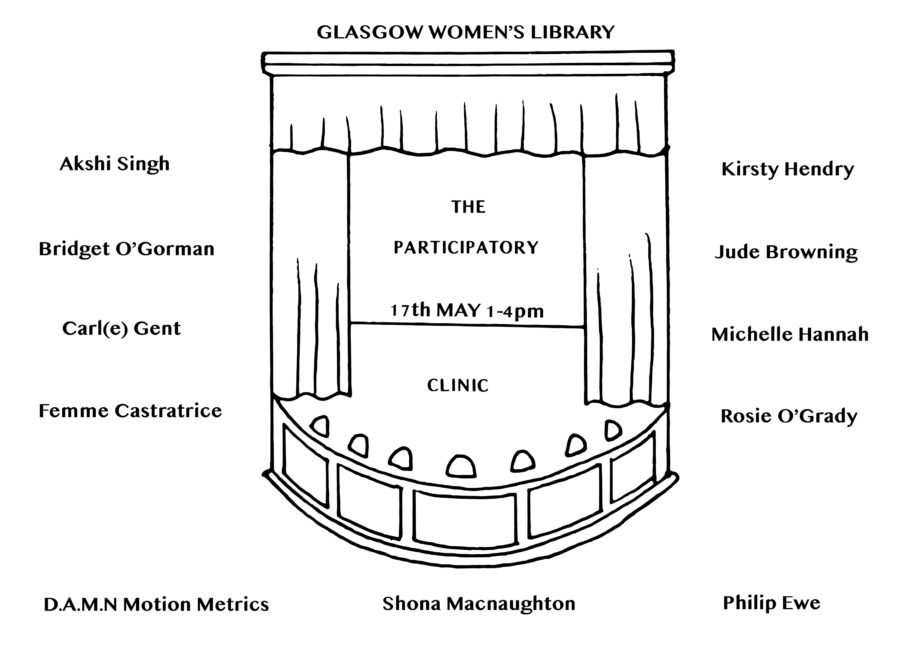by Joanna O’Brien
I had the opportunity to help with listing material from the Lesbian Archive Information Centre (LAIC) collection. I really enjoyed the insight this gave me into the valuable work of the Glasgow Women’s Library archivists in preserving women’s voices before they are lost. I was particularly interested in the lives of LGBTQ women before visibility and confidence increased in the 1970s as reflected by publications for gay women such as Sappho (1972-81). I am interested in how social movements emerge and I wanted to focus on the stories of women on the cusp of political change. How did they push back against patriarchy and the oppressive pressure to conform? How did they form communities and ensure their voices were heard in a homophobic society?
I looked at two privately circulated publications, Urania and Arena Three (A3). Urania was founded in 1916 by Esther Roper, Eva Gore-Booth and Irene Clyde. It was published six times a year and ran until 1940. Its stated aim was to, ‘overcome all distinctions based on sex’. Arena Three was the publication of the Minorities Research Group (MRG) founded by Esme Langley and Diana Chapman in 1963. It was published monthly from 1964 until 1972 and provided gay women with resources, information and the opportunity to meet other women.
To reach their audience these publications had to navigate a hostile homophobic climate. The Sexual Offences Act, which decriminalised homosexual acts in private between two men was not enacted until 1967 and whilst gay women were not criminalised they were stigmatised and ignored. Both publications emphasise research and scientific enquiry. Urania’s tone is serious with discussions about scientific articles which dispute disparities between women and men. Arena Three has a more light-hearted tone and engages more with its readership.
To navigate the law and restrictions on advertising, Arena Three reached its audience by circulating free of charge to private subscribers and utilised the extensive existing networks of gay women and men. It received support and promotion from The Ladder, an American publication for gay women and you can see from its Mail Bag section that Arena Three had readers from a wide range of countries. There were limitations, both publications assumed their readership to be educated and middle class; Urania was circulated to women’s universities and Arena Three makes frequent references to academic material that would have been inaccessible to many people at the time. Also a number of married women wanted to subscribe to Arena Three but the MRG stipulated that readers needed a husband’s signature. There were angry and disappointed letters from women who could not subscribe on those terms; one reader says:
“I only wish I could join and help openly but I see I would be barred from your rules. You require a husband’s signature which I could never ask for” (A3, May 1964).
Despite the restrictions, the publications reached many women and had a tangible impact. Reader’s letters from the Mail Bag section of Arena Three speak of the heart-breaking loneliness women experienced, one reader says:
“The worst thing is the loneliness, the feeling that one is unintegrated, unrecognised, outside society” (A3, Volume 3, No. 8, Sept 1966).
There are many appreciative letters:
“I know of no one who is the same as myself and I feel completely isolated, shut off and abandoned, completely on my own. On reading A3 I feel that there is now hope for the future” (Volume 1, No. 9, Sept 64).
I loved the light tone of Arena Three and self-confidence to laugh at the dominant discourses of the time. It engaged with contemporaneous issues in psychoanalysis and religion. Articles such as The Cure published in February 1966 ridiculed dominant narratives that pathologised same sex attraction and in doing so offered gay women fresh ways of seeing themselves and their circumstances.
One of Arena Three’s stated concerns was ‘improving the public image of the lesbian’. You can see in the notes of MRG meetings and reader’s letters that there were a number of diverse voices engaging in challenging discussions about lesbian identity. There are discussions about how gay women ‘should’ dress in public and exchanges between openly gay women and those living an unhappily married existence. Articles such as I Haven’t a Thing to Wear published in June 1964 and exchanges between readers speak of the difficulties in formulating a cohesive identity to galvanise social change. Along with a forum to exchange ideas, Arena Three offered practical support; I liked the adverts for exchanging services, such as care services, rather than money. Kate Hinton’s article Looking After Mom published in Mach 1965 suggests readers offer support to each other to give carers a break.
There are no illustrations in Urania or early editions of Arena Three, presumably due to costs. But later editions of Arena Three feature cute pencil sketches such as this on the cover of A3 published in May 1967.

It is inspiring to read the words of women living their truth and supporting others despite the oppression they faced. Some of the issues have moved forward thanks to the courage of these women but some are relevant today – why do women remain undervalued and underpaid? How do we share responsibility for elder care? How do we effectively combat bullies who target LGBTQ people in public places?
Despite the efforts to silence the voices of gay women, it is amazing to see how much material has survived. The oppression persists and is rampant on social media fuelled by an emboldened far-right. The #no2lgbthate campaign is an example of how people are pushing back – calling on Twitter to effectively respond to online homophobic abuse and hate speech. There are more ways than ever to raise our voices which makes it ever more vital to protect historic materials and learn from what they have to say about fighting discrimination. Check out the LAIC collection, see what inspires you!
—
Return to Early Lesbian and Gay Publications or the LGBTQ Collections Online Resource.
—








